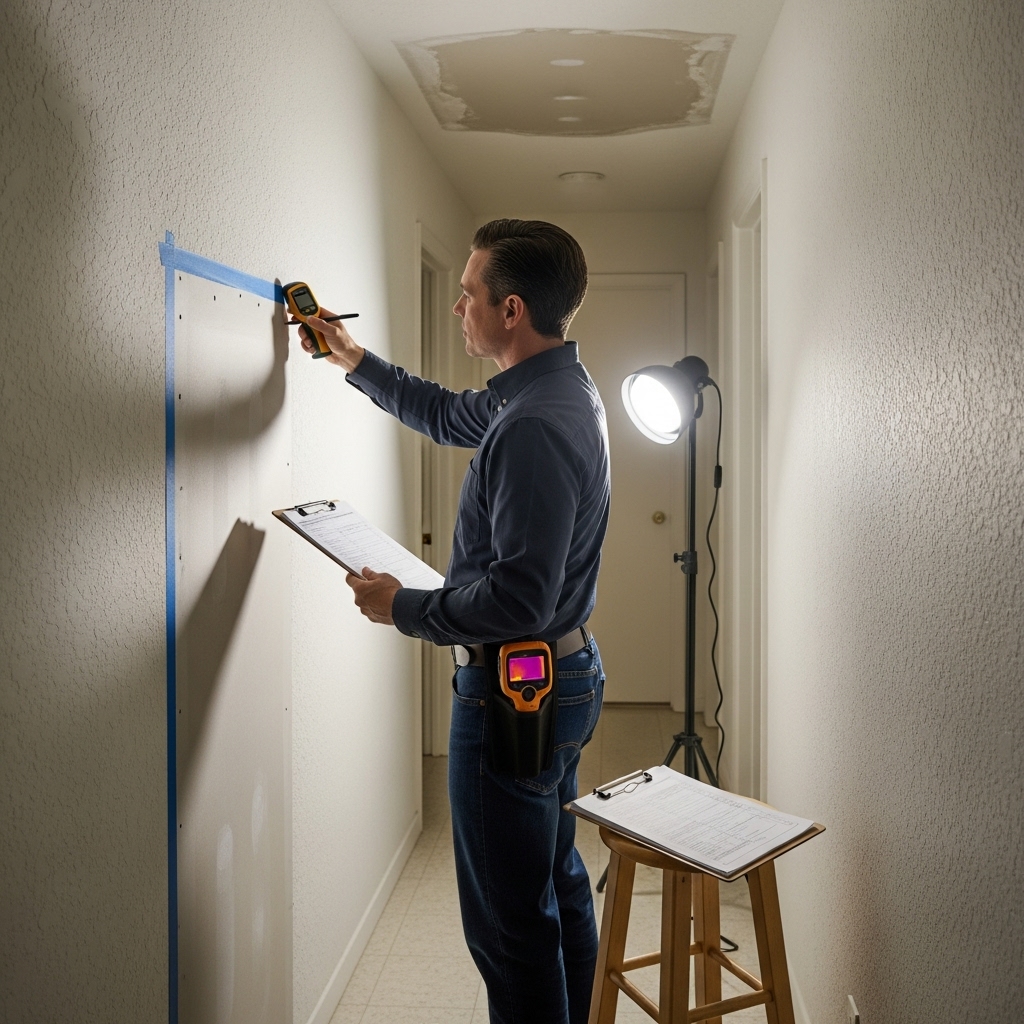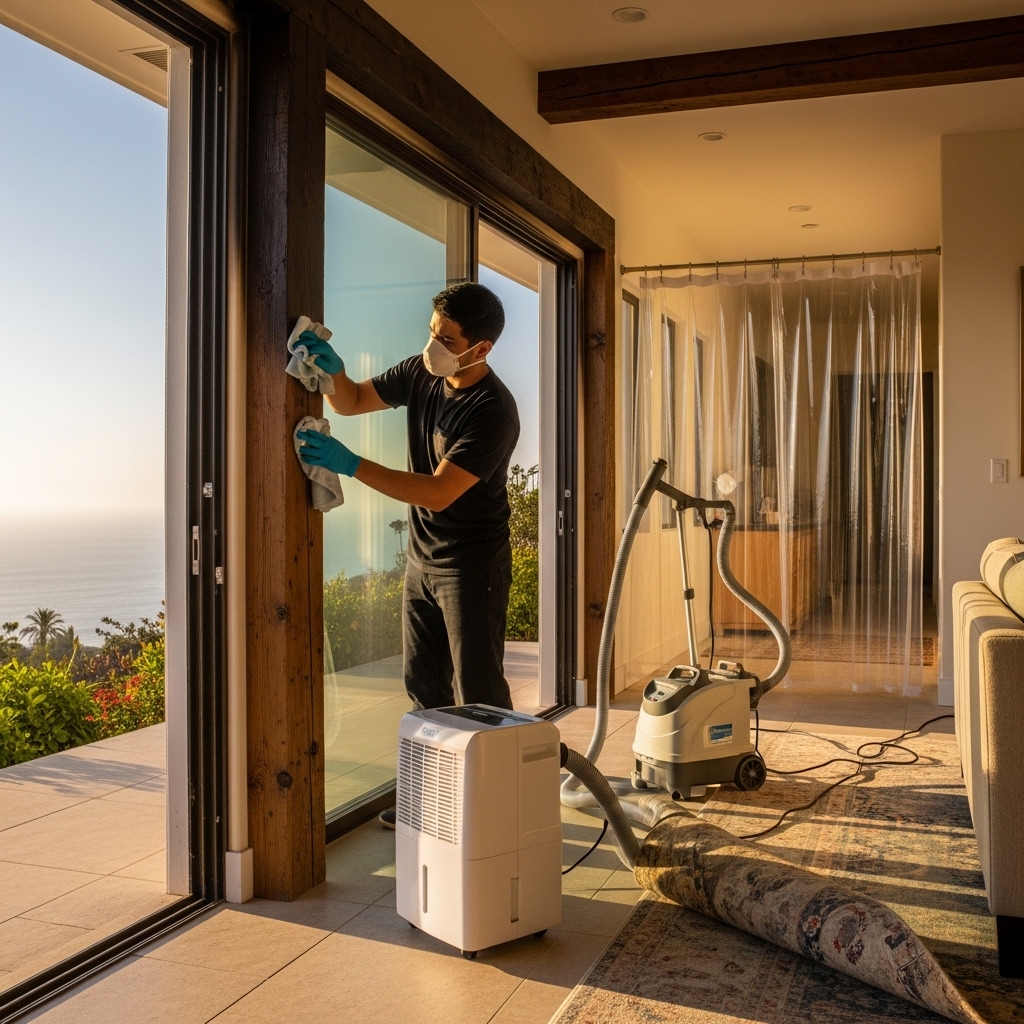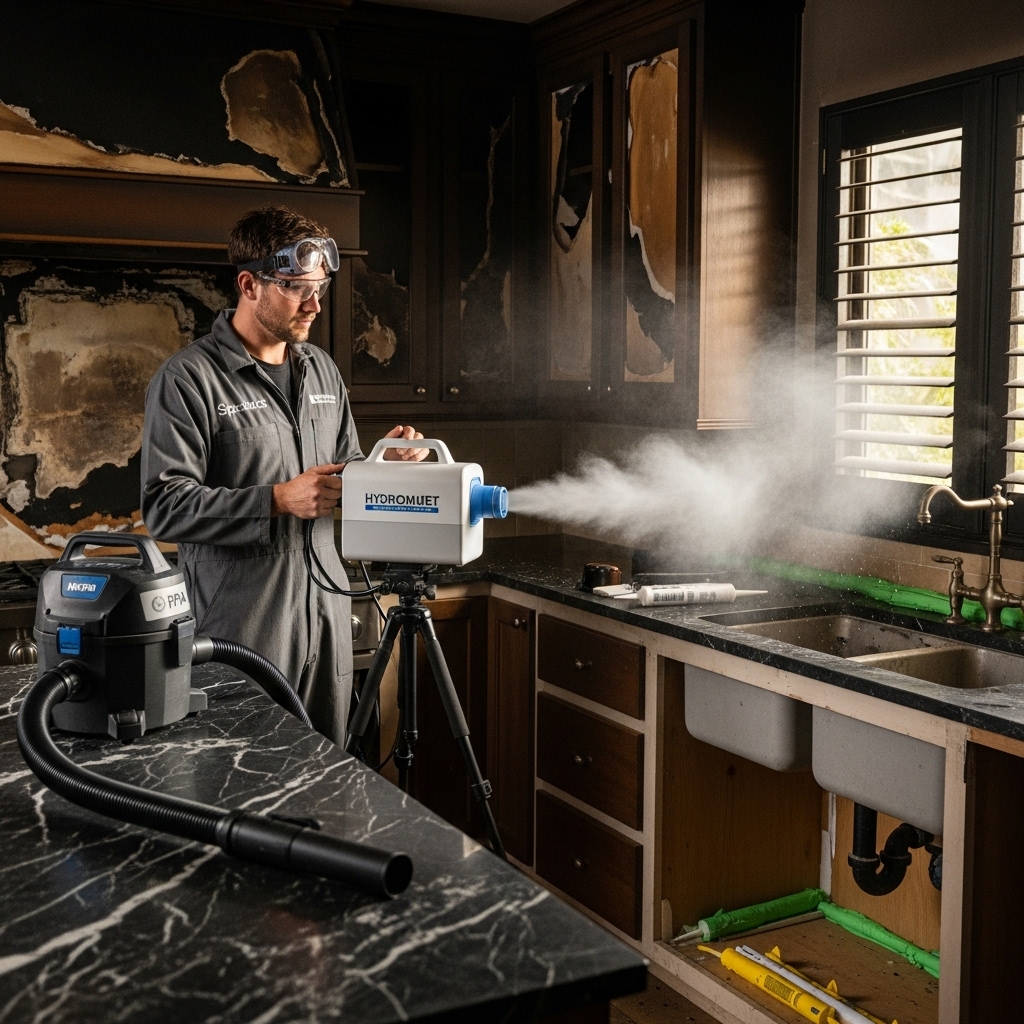A thorough inspection is the cornerstone of successful mitigation and drying. In Canoga Park, where homes range from mid-century bungalows to contemporary condos, construction details influence how water migrates and where it hides. A structured inspection reveals the true extent of damage, prioritizes actions, and documents conditions for insurers and property managers. If you prefer a professional to lead the process, scheduling expert water damage restoration ensures accurate diagnostics, targeted drying, and clear reporting from day one.
Inspection Goals And Scope
The primary objectives of a water damage inspection are to identify the source, define the affected areas, categorize the water, and establish a plan that protects safety while minimizing disruption. Inspectors also assess materials for salvageability, determine if demolition is required, and outline containment needs to prevent cross-contamination. The scope should include visible rooms and adjacent spaces where water commonly migrates—closets, hallways, under-stair areas, and ceiling voids below bathrooms or laundry rooms.
Exterior And Building Envelope Survey
Begin outside. Check rooflines, gutters, and downspouts for clogs or damage. Examine stucco and siding for cracks or failed sealant around windows and doors. Look at grading and drainage paths around the foundation; pooling water near slab edges can migrate indoors. In multi-unit buildings, review balconies, shared walls, and penetrations for signs of intrusion. Document all findings with photos so interior observations can be correlated with potential exterior entry points.
Interior Walkthrough And Safety Check
Inside, start with life safety. If water contacted electrical systems, shut off affected circuits and keep traffic out of unsafe zones. Note slipping hazards, ceiling bulges, and any visible microbial growth. Mark the high-water line on walls or furniture to capture the peak extent of the incident. Gather a quick history: how long the water ran, when it was discovered, and any recent plumbing or roof work that could be related.
Moisture Mapping Methods
Use both pin and pinless moisture meters to establish a baseline in unaffected areas and then measure systematically across the suspected wet zones. Thermal imaging detects cool areas that often correlate with moisture, guiding where to take confirmatory meter readings. Map the perimeter with painter’s tape and note measurement points so you can return to them during drying to track progress consistently.
Material Assessment And Salvage Decisions
Different materials respond differently to water. Drywall, insulation, and carpet padding are often removed when saturated, especially if water is contaminated. Solid wood, tile over concrete, and metal can usually be cleaned and dried. Engineered wood products like particleboard may swell or delaminate and warrant cautious evaluation. Cabinets can often be saved with toe-kick removal and air injection to ventilate voids.
Water Category And Class
Determine the category of water—clean, gray, or contaminated—based on the source. Then identify the class of damage, which relates to how much of the area and what materials are saturated. Higher classes indicate more extensive evaporation loads and inform equipment selection and drying duration. This classification guides PPE needs, sanitation steps, and what can be salvaged safely.
Equipment Recommendations And Containment
Based on your findings, specify the type and quantity of air movers, dehumidifiers, and any specialty tools like drying mats or cavity injectors. Recommend containment locations to isolate the affected zone from clean areas. In occupied homes, consider noise, access, and ventilation patterns to reduce disruption while maintaining effective drying conditions.
Insurance-Ready Documentation
Insurers appreciate clarity. Provide a narrative summary of the event, a room-by-room description of affected materials, water category and class, and a clear mitigation plan. Include photos, moisture readings with dates and locations, and a simple diagram showing equipment placement and containment. Accurate documentation speeds claim decisions and helps align expectations about timelines and repairs.
Mid-Inspection Reassessment
Inspections are not one-and-done. After initial extraction and early drying, revisit key measurement points to ensure your plan is working. If moisture readings stall, expand the inspection—open additional access points, reassess for hidden leaks, or adjust containment. When conditions are ambiguous, consulting with a local specialist in water damage restoration can reveal what the instruments are hinting at and direct a more efficient course of action.
After-Inspection Next Steps
With a clear picture of the damage, implement the mitigation plan: complete extraction, set containment, deploy equipment, and schedule daily monitoring. Communicate with occupants about what to expect—noise, temperature changes, and access for readings. As materials reach target moisture levels, transition to repairs and finishes, validating dryness before closing cavities or reinstalling flooring.
Frequently Asked Questions
Q: How long should an inspection take? A: It depends on the size and complexity of the home, but thorough inspections typically range from one to several hours, including documentation.
Q: Do I need to be present? A: Your input is valuable for history and access, but if you cannot be present, ensure the inspector has entry and a way to contact you for questions.
Q: Will inspection cause damage to my home? A: Most inspection steps are non-invasive. Minimal openings may be recommended if evidence points to hidden moisture that cannot be confirmed otherwise.
Q: What if the source is not obvious? A: Pressure testing, dye testing, or extended monitoring may be suggested to pinpoint intermittent leaks. Skilled inspectors know how to combine tools and observations to isolate the cause.
Schedule A Professional Inspection
If you suspect hidden moisture or want a precise plan before work begins, schedule a thorough assessment today. Start with accurate diagnostics and efficient, carefully monitored water damage restoration to protect your Canoga Park home and move confidently toward a full recovery.


